Here’s an old question that gets asked every year:
How do social media algorithms work?
But, you can often uncover strategic insights by looking at an old question like this one from a different perspective.
In fact, there’s a term for this effect.
It’s called the “parallax” view.
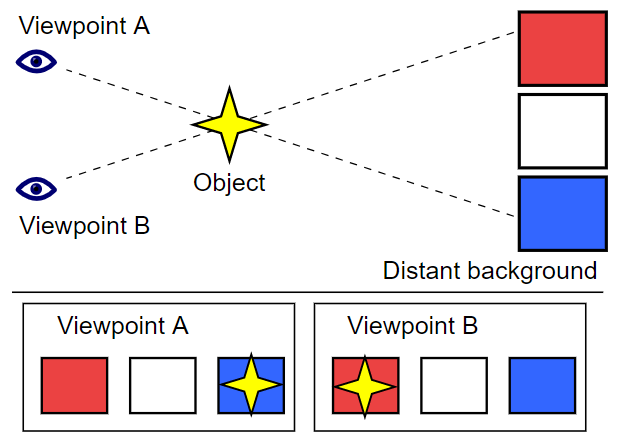
For example, marketers often look for influencers on the social media platforms with the greatest reach.
Advertisement
Continue Reading Below
But, influencers evaluate these same platforms based on their opportunity to grow their audience and make more money.
This explains why The State of Influencer Marketing 2020: Benchmark Report found that the top five social media platforms for influencer marketing are:
- Instagram (82%).
- YouTube (41%).
- TikTok (23%).
- Twitter (23%).
- Facebook (5%).
This list made me wonder why marketers focus on the reach of their campaign’s outputs, but influencers are focused on the growth of their program’s outcomes.
Influencers want to learn how the Instagram and YouTube algorithms work, because they want their videos discovered by more people.
And influencers are interested in learning how the TikTok and Twitter algorithms work, because they are thinking about creating content for those platforms.
Facebook’s algorithm, however, doesn’t seem quite as important to today’s influencers – unless Facebook represents a significant opportunity for them to make more money.
Advertisement
Continue Reading Below
There are a lot of strategic insights that marketers can glean from looking at how social media algorithms work from an influencer’s point of view.
How the Instagram Algorithm Works
Back in 2016, Instagram stopped using a reverse-chronological feed.
Since then, the posts in each user’s feed on the platform has been ordered according to the Instagram algorithm’s ranking signals.
According to the Instagram Help Center:
“Instagram’s technology uses different ways, or signals, to determine the order of posts in your feed. These signals are used to help determine how your feed is ordered, and may include:
- “Likelihood you’ll be interested in the content.
- “Date the post was shared.
- “Previous interactions with the person posting.”
This has a profound impact on influencers – as well as the marketers who are trying to identify the right influencers, find the right engagement tactics, and measure the performance of their programs.
Relevance
The first key signal is relevance, not reach.
Why?
Because Instagram users are more likely to be interested in an influencer’s content if it is relevant – if it’s about what interests them.
In other words, if you’re interested in football (a.k.a., soccer), then the likelihood that you’ll be interested in content by Nabaa Al Dabbagh, aka “I Speak Football Only,” is high.
But, far too many marketers are looking for celebrities and mega-influencers who have lots of Instagram followers (a.k.a., reach), instead of looking for macro-, mid-tier, micro-, or nano-influencers who are creating relevant content that their target audience is more likely to find interesting.
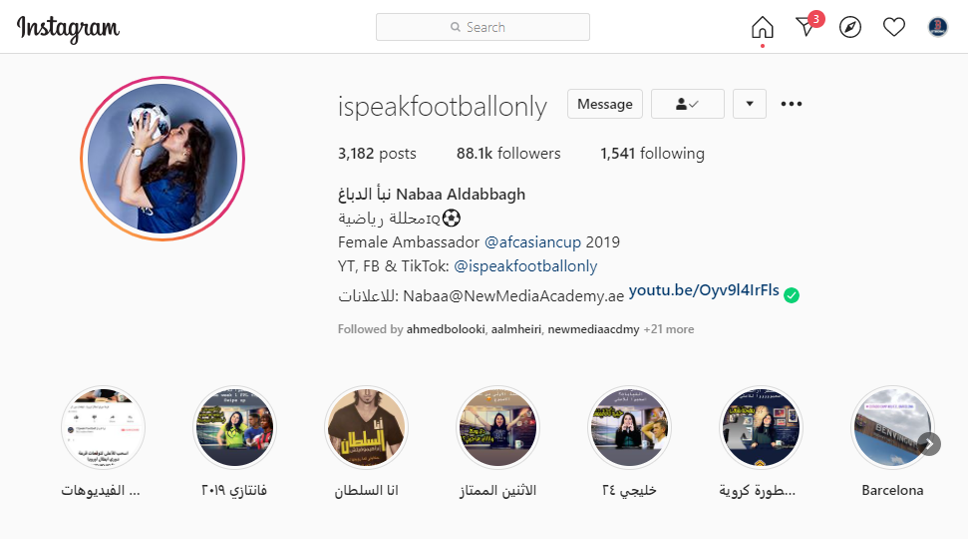
Recency
The second key signal is recency, or how recently a post has been shared.
Advertisement
Continue Reading Below
This gives an advantage to influencers like Marwan Parham Al Awadhi, a.k.a., “DJ Bliss,” who post frequently.
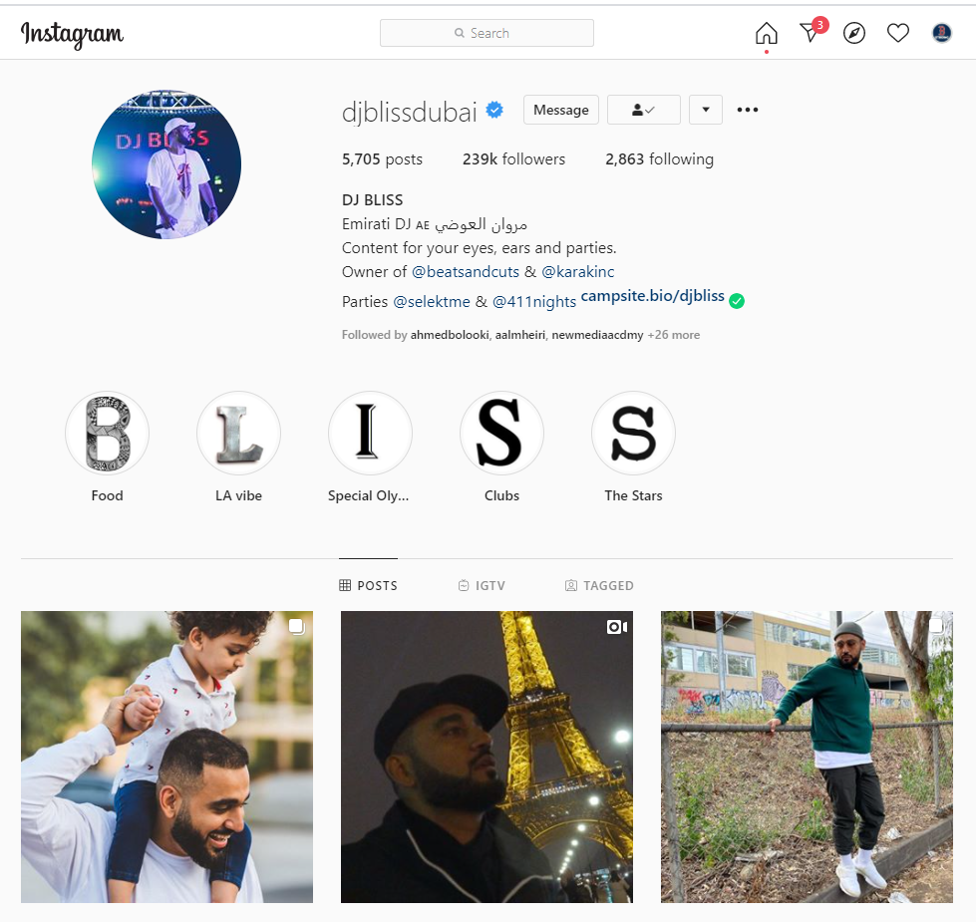
Unfortunately, far too many marketers are engaging influencers to create a single post during a campaign instead of building a long-term relationship with brand advocates who will generate a series of posts that recommend their brand on an ongoing basis.
Resonance
The third key signal is resonance.
Advertisement
Continue Reading Below
In other words, how engaging are an influencer’s posts?
Do they prompt interactions such as comments, likes, reshares, and views with the influencer’s audience?
And, unfortunately, way too many marketers assume that an influencer’s post that mentions their brand has increased their brand awareness, using bogus metrics like Earned Media Value (EMV).
If they’d read, Why International Search Marketers Should Care About Brand Measurement, then they’d realize there are a variety of legitimate ways to measure the impact of an influencer marketing campaign on:
- Brand awareness.
- Brand frequency.
- Brand familiarity.
- Brand favorability.
- Brand emotions.
- Purchase consideration.
- Brand preference.
- Brand demand.
Using this parallax view, it’s easy to see that too many marketers mistakenly think influencer marketing is just like display advertising.
They’re buying posts from influencers the same way they would buy ads from publishers.
So, marketers who only look at an influencer’s reach shouldn’t be shocked, shocked to discover that some influencers are using bad practices such as fake followers, bots, and fraud to inflate their numbers.
Advertisement
Continue Reading Below
If you use a one-dimensional view of an influencer’s influence, then you reap what you sow.
How Does the YouTube Algorithm Work?
Now, I’ve already written several articles on how the YouTube algorithm works, including:
But, these articles were written for marketers, not influencers.
So, what can we learn from looking at YouTube’s algorithm from an influencer’s point of view?
Well, according to YouTube Help:
“The goals of YouTube’s search and discovery system are twofold: to help viewers find the videos they want to watch, and to maximize long-term viewer engagement and satisfaction.”
So, YouTube influencers need to start by creating great content on discoverable topics.
Why?
Well, YouTube is one of the most-used search engines in the world.
People visit the site looking for videos about all sorts of subjects.
Advertisement
Continue Reading Below
These viewers may not necessarily be looking for a specific influencer’s video, but they’ll discover it if it ranks well in YouTube search results or suggested videos.
Learn how to use Google Trends to find out what your audiences is looking for on YouTube.
The default results in Google Trends show “web search” interest in a search term or a topic.
But, if you click on the “web search” tab, the drop-down menu will show you that one of your other options is “YouTube search” interest.
YouTube influencers can then use what they see to inform their content strategies.
For example, you might learn that there was 31% more YouTube search interest worldwide in the topic, beauty, than in the topic, fashion.
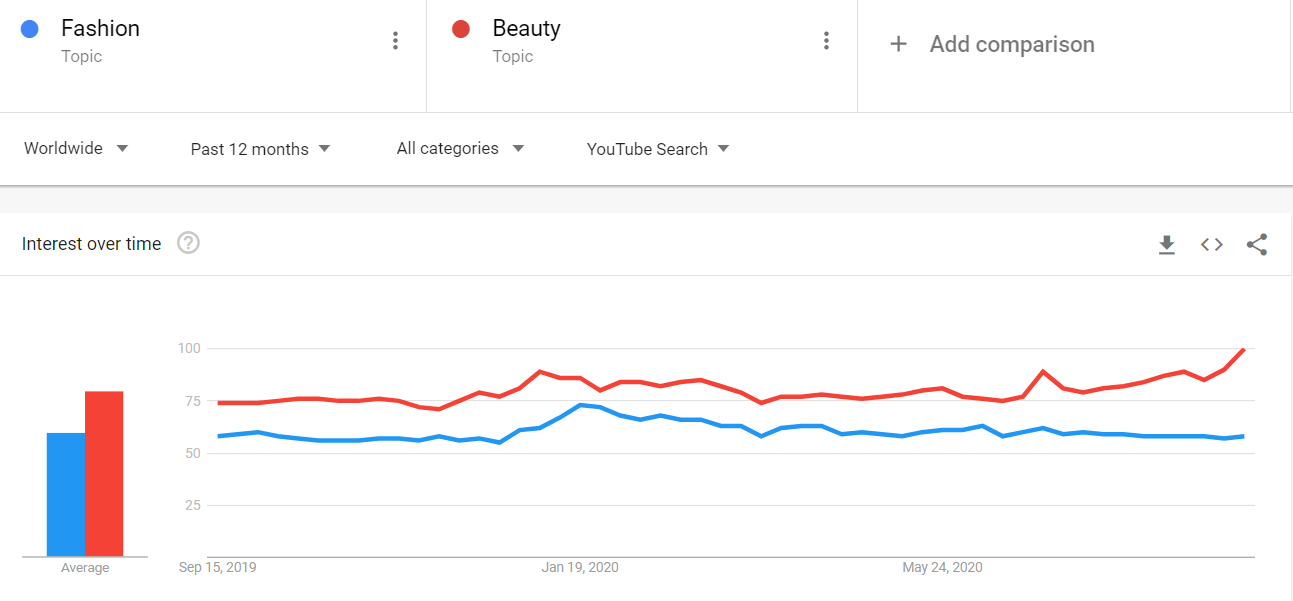
Or you might discover that there was 18 times more YouTube search interest worldwide in the sport, drifting, than in the sport, motorsport.
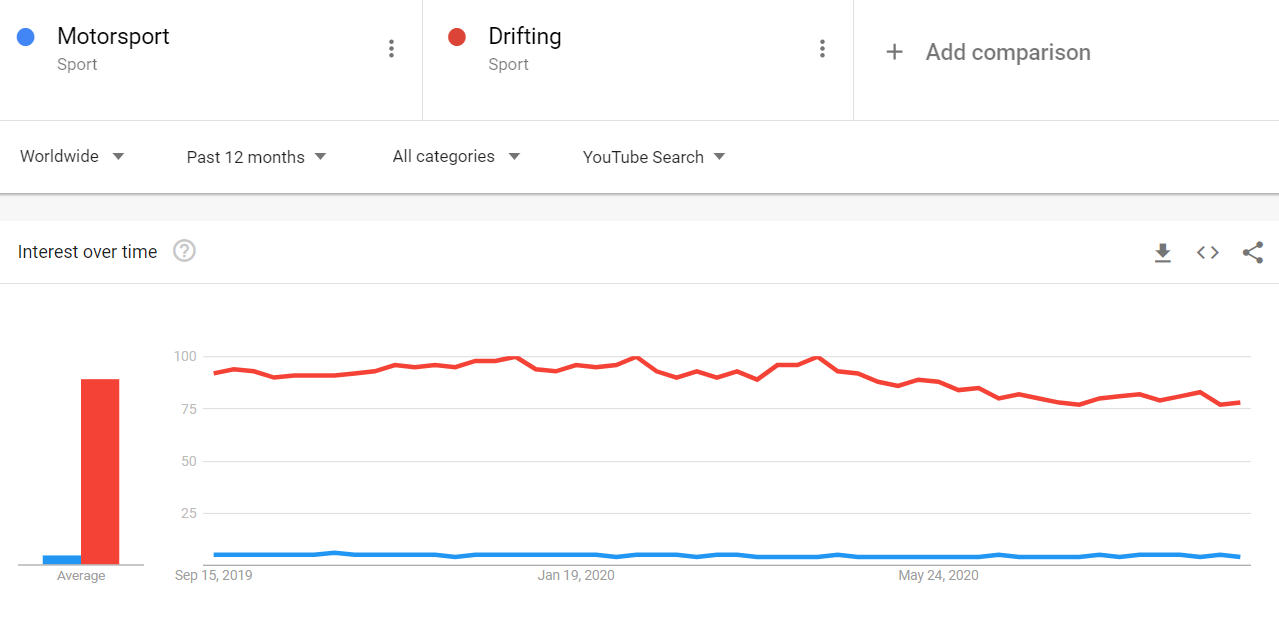
YouTube’s algorithm can’t watch your videos, so you need to optimize your metadata, including your titles, tags, and descriptions.
Advertisement
Continue Reading Below
Unfortunately, most marketers don’t use this approach to find the search terms and topics on YouTube that are relevant for their brand and then identify the influencers who are creating content that ranks well for these keywords and phrases.
Now, getting your YouTube video content discovered is only half the battle.
Influencers also need to build long watch-time sessions for their content by organizing and featuring content on their channel, including using series playlists.
As YouTube Help explains:
“A series playlist allows you to mark your playlist as an official set of videos that should be viewed together. Adding videos to a series playlist allows other videos in the playlist to be featured and recommended when someone is viewing a video in the series. YouTube may use this info to modify how the videos are presented or discovered.”
Fortunately, one of the guest speakers for NMA’s program was Mark Wiens, one of the most famous food vloggers in the world.
Advertisement
Continue Reading Below
His YouTube channel has more than 1.4 billion views and almost 6.7 million subscribers.
Here are examples of the playlists that he had created, including Thai food and travel guides.
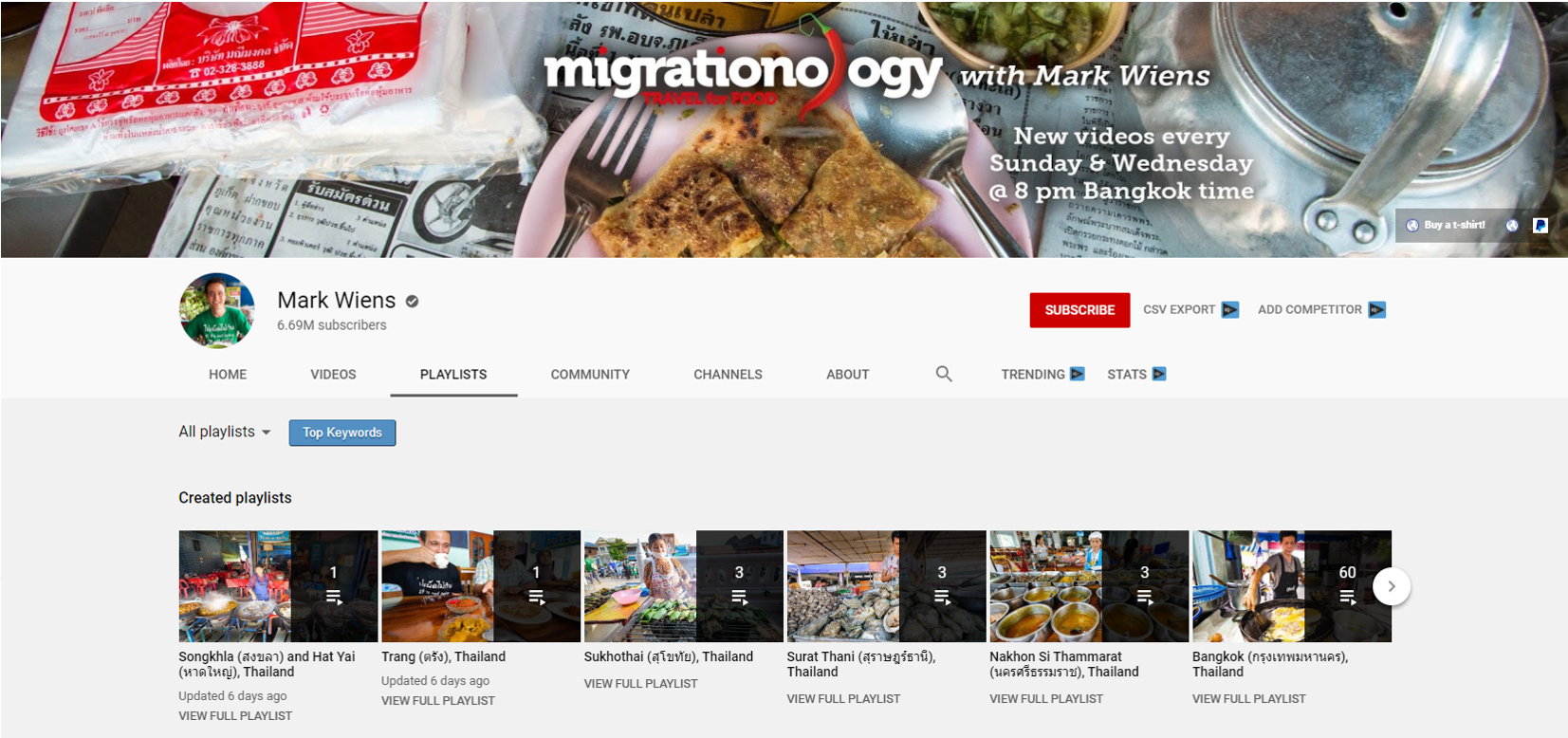
Now, marketers could also look over the playlists on the YouTube channels of influencers when they’re evaluating which ones are “right” for a campaign.
However, I strongly suspect that this only happens once in a blue moon.
Advertisement
Continue Reading Below
How Does the TikTok Algorithm Work?
The TikTok Newsroom posted How TikTok recommends videos #ForYou just before I was scheduled to talk about this topic.
Hey, sometimes you get lucky.

Here’s what I learned:
“When you open TikTok and land in your For You feed, you’re presented with a stream of videos curated to your interests, making it easy to find content and creators you love. This feed is powered by a recommendation system that delivers content to each user that is likely to be of interest to that particular user.”
Advertisement
Continue Reading Below
So, how does this platform’s recommendation system work?
According to TikTok:
“Recommendations are based on a number of factors, including things like:
- “User interactions such as the videos you like or share, accounts you follow, comments you post, and content you create.
- “Video information, which might include details like captions, sounds, and hashtags.
- “Device and account settings like your language preference, country setting, and device type. These factors are included to make sure the system is optimized for performance, but they receive lower weight in the recommendation system relative to other data points we measure since users don’t actively express these as preferences.”
The TikTok Newsroom adds:
“All these factors are processed by our recommendation system and weighted based on their value to a user. A strong indicator of interest, such as whether a user finishes watching a longer video from beginning to end, would receive greater weight than a weak indicator, such as whether the video’s viewer and creator are both in the same country. Videos are then ranked to determine the likelihood of a user’s interest in a piece of content, and delivered to each unique For You feed.”
Advertisement
Continue Reading Below
TikTok cautions:
“While a video is likely to receive more views if posted by an account that has more followers, by virtue of that account having built up a larger follower base, neither follower count nor whether the account has had previous high-performing videos are direct factors in the recommendation system.”
It’s worth noting that Oracle has won the bid to acquire TikTok’s U.S. operations after ByteDance rejected a bid by Walmart and Microsoft.
Meanwhile, YouTube released YouTube Shorts, a TikTok-like feature, while Facebook recently launched Instagram Reels, which is basically a TikTok knock-off.
So, it appears that some very big players are convinced that TikTok represents a significant opportunity to make more money, or a competitive threat to the growth of their own social media platforms.
I wish that I could add more, but I’m a stranger here myself.
How Does Twitter’s Algorithm Work?
When Twitter was launched back in 2006, it had a simple timeline structure and tweets were displayed in reverse chronological order from the people you followed.
Advertisement
Continue Reading Below
But, like other social media, Twitter started using an algorithm to show users posts that different factors indicate they’ll like.
The biggest recent change to Twitter’s algorithm took place in 2017.
According to a Twitter blog post by Nicolas Koumchatzky and Anton Andryeyev:
“Right after gathering all Tweets, each is scored by a relevance model. The model’s score predicts how interesting and engaging a Tweet would be specifically to you. A set of highest-scoring Tweets is then shown at the top of your timeline, with the remainder shown directly below.”
Their post added:
“Depending on the number of candidate Tweets we have available for you and the amount of time since your last visit, we may choose to also show you a dedicated “In case you missed it” module. This modules meant to contain only a small handful of the very most relevant Tweets ordered by their relevance score, whereas the ranked timeline contains relevant Tweets ordered by time. The intent is to let you see the best Tweets at a glance first before delving into the lengthier time-ordered sections.”
Advertisement
Continue Reading Below
How Does Facebook’s Algorithm Work?
The biggest recent change to Facebook’s algorithm took place in January 2018.
In a Facebook post, Mark Zuckerberg announced:
“I’m changing the goal I give our product teams from focusing on helping you find relevant content to helping you have more meaningful social interactions.”
He added:
“The first changes you’ll see will be in News Feed, where you can expect to see more from your friends, family and groups. As we roll this out, you’ll see less public content like posts from businesses, brands, and media. And the public content you see more will be held to the same standard — it should encourage meaningful interactions between people.”
That same day, Adam Mosseri, who was then the head of News Feed, also wrote a Facebbok post that said:
“Today we use signals like how many people react to, comment on or share posts to determine how high they appear in News Feed. With this update, we will also prioritize posts that spark conversations and meaningful interactions between people. To do this, we will predict which posts you might want to interact with your friends about, and show these posts higher in feed. These are posts that inspire back-and-forth discussion in the comments and posts that you might want to share and react to – whether that’s a post from a friend seeking advice, a friend asking for recommendations for a trip, or a news article or video prompting lots of discussion.”
Advertisement
Continue Reading Below
He added:
“Because space in News Feed is limited, showing more posts from friends and family and updates that spark conversation means we’ll show less public content, including videos and other posts from publishers or businesses.”
So, it isn’t surprising that influencers got the memo.
Which explains why so few believe Facebook represents a significant opportunity to make more money.
Ironically, it’s unclear that marketers got the memo.
Far too many are still cranking out Facebook posts and videos despite the fact that few people are reacting to, commenting on, or sharing them.
Or, as I wrote in Two Social Media Vanity Metrics You Need to Stop Tracking, marketers should stop tracking Facebook Page Likes and Followers because “you’re lucky if .0035% of your Fans and Followers even sees your post or tweet these days.”

The Takeaway
These are just some of the strategic insights that marketers can discover by looking at how social media algorithms work from an influencer’s point of view.
Advertisement
Continue Reading Below
If you’re a marketer, then I suggest you move most of the people and budget that you’ve dedicated to creating branded content on Facebook into influencer marketing on Instagram and YouTube.
As for TikTok and Twitter, wait until after the dust settles later this year.
More Resources:
Image Credits
All screenshots taken by author, September 2020
In-Post Images: New Media Academy. Used with permission.




